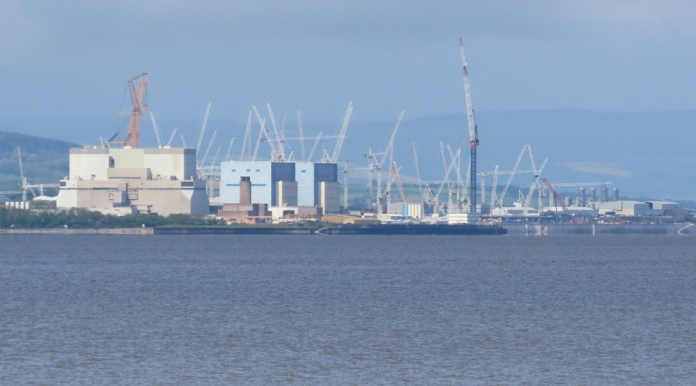Burnham Boat Owners Association is among 13 groups to have signed a joint statement questioning plans by EDF to create a new local saltmarsh in place of measures to prevent fish being killed at Hinkley Point C.
Hinkley Point C says the new saltmarsh on the Pawlett Hams would be a ‘natural alternative’ to installing an alternative acoustic fish deterrent.
The proposals for the saltmarsh and other changes to Hinkley Point C’s design are included in a public consultation ending on 29th February.
Burnham Boat Owners and other environmental groups are worried that the new plans would see large numbers of fish being killed by being sucked through cooling water pipes from the Bristol Channel.
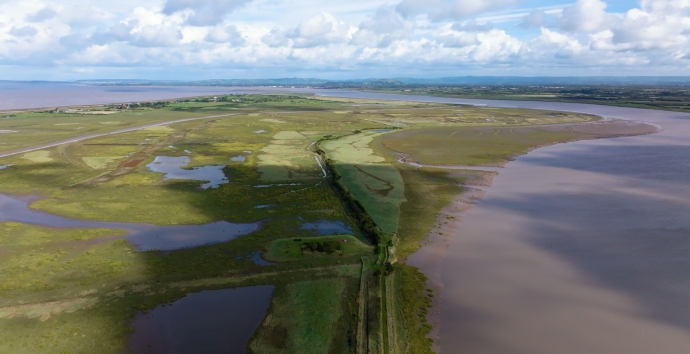
The Burnham group has teamed up with these others environmental and angling groups: Angling Trust, Avon Wildlife Trust, Bristol Channel Federation of Sea Anglers, Blue Marine Foundation, Bristol Avon Rivers Trust, Fish Legal, Institute of Fisheries Management, RSPB, Severn Rivers Trust, Somerset Wildlife Trust, Wildlife Trusts Wales and WWT.
The groups say they are calling for three things:
- More evidence of the potential impact of the acoustic fish deterrent removal to determine the amount of compensation needed, including more consultation with independent groups of experts.
- An agreement on comprehensive long term monitoring of the impact of the water intakes and the compensatory habitat as it develops throughout the lifetime of the power station.
- A commitment to respond to the results of the evidence gathering and monitoring with additional compensatory habitat, the fitting of fish deterrents on the intakes and/or reduction in intake water volumes as supplementary cooling techniques are more affordable or legislated.
In a joint statement, the 13 groups state: “Hinkley Point C has been promoted as green and renewable because of the need to move away from fossil fuels. However, the huge cost to our precious natural world has been hidden behind the low carbon story.”
“Europe’s largest construction project on the edge of the Severn Estuary will have significant impact on marine and migratory fish including already vulnerable Atlantic salmon, twaite shad and European eel over its lifetime.”
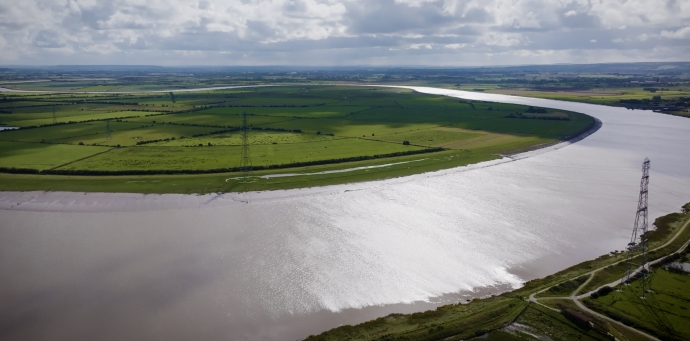
“The impacts of this will be felt widely, affecting Welsh rivers, River Severn, the Bristol Avon, Somerset Levels and across the Celtic Sea. Life in the whole of the Severn Estuary and Bristol Channel could be dramatically affected over the next few decades according to a group of environmental organisations (eNGO’s).”
“England has legally binding targets for nature set out in the UK Environment Act and UK Environmental Improvement Plan. Wales has a commitment to maintain and restore resilient ecosystems, such as the Severn Estuary, in the Well-Being of Future Generations (Wales) Act.”
“Somerset has ambitious plans for the environment set out in the Natural Environment section of the Climate Strategy, and emerging Local Nature Recovery Strategy. Huge investment has already been made improving the environment of the Bristol Avon, and the Bristol Avon Catchment Partnership has recently published its Fish Recovery Strategy.”
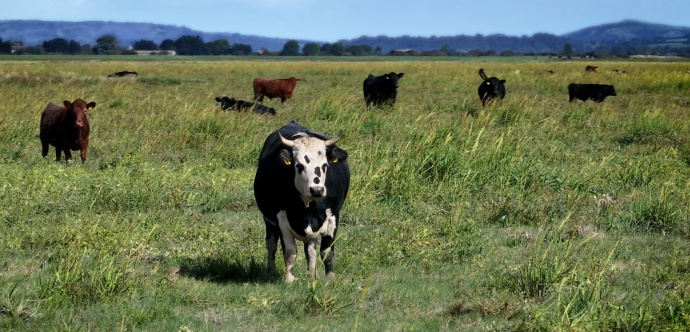
“Hinkley Point C is key to the UK Government’s energy strategy for the UK but, due to changes to the design, will undermine achievement of those targets.”
“When operational, Hinkley Point C will suck in an olympic sized swimming pool of water every 12 seconds for the next 70 years from the Severn Estuary in an area inhabited by fish. The Dillington Vision agreed between EDF, Somerset County Council and the UK Government, set out the vision for HPC which included the commitment to “recognise the value of the natural environment”. The original design of HPC included three measures to protect the marine environment, specifically fish populations, from the impacts of the power station.”
“This all relates to EDF’s consultation about removing the Acoustic Fish Deterrent (AFD), one of three ways to reduce fish killed at the new power station.”
“The proposed three methods were designed to work together: Low velocity side entry at the tunnel heads designed to allow fish to swim away and not be sucked into the cooling tunnels; Fish recovery and return system; Acoustic Fish Deterrent (AFD) using sound that deter fish from swimming too close to the intake pipes in the first place.”
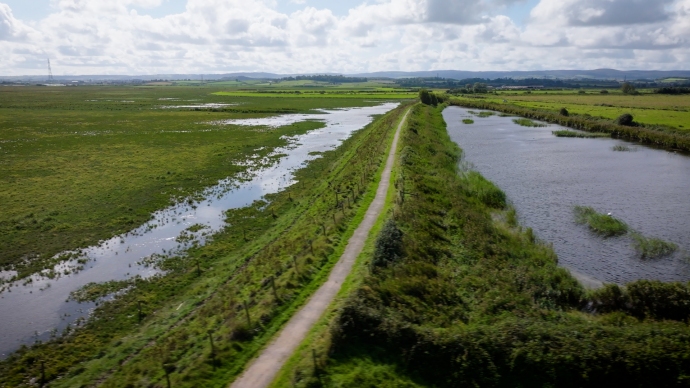
“In 2019, EDF proposed to remove the Acoustic Fish Deterrent as being difficult to install and maintain. This went to public inquiry with eNGOs collectively giving evidence to support the Environment Agency (EA) in questioning EDF’s proposal.”
“In 2021, the UK Secretary of State for the Environment found in favour of the EA that the AFD should remain. EDF is now proposing not to implement the AFD and is instead proposing a package of measures claimed to compensate for the loss of fish in the estuary.”
“Whilst the eNGO group accept that habitat restoration of saltmarsh, oysterbeds, kelp forest and river work could make an important and positive impact on the estuary, there is not enough evidence that it will address the huge losses of fish life that the cooling intakes will cause.”
Georgia Dent, CEO of Somerset Wildlife Trust, says: “As an environmental charity, we owe it to future generations to protect the precious Severn Estuary as best we can. We think the evidence is lacking that the current compensation package to offer from EDF equates to the loss of marine life from the removal of this AFD and we urge a rethink.”
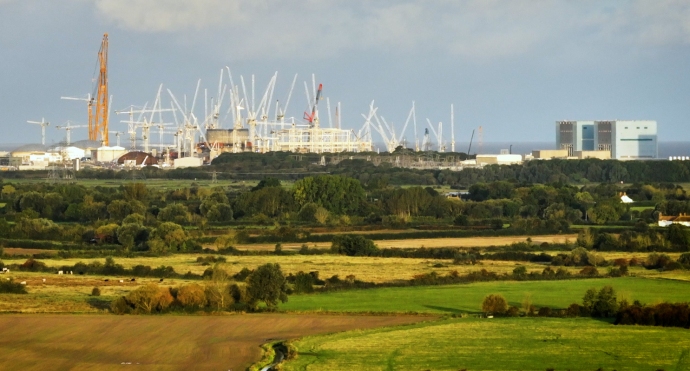
Steve Colclough of the Institute of Fisheries Management, adds: “This is a unique marine development involving at least one novel element of fish protection (low velocity side entry intake sited some 3km offshore), which has never been field tested. The original suite of three mitigation measures working together agreed at the Development Consent Order in 2013, was considered to be Best Practice at that time, even with the inherent uncertainties associated with projecting actual performance when in operation.”
He adds: “Removal of the AFD increases that uncertainty much further. The principle of habitat creation was suggested by the eNGO sector as a means to address the uncertainty in the original design, in sympathy with the new principle of environmental net gain. It was never recommended that such creation could act as compensation for omission of the AFD. We fully support this press release.”
Dr Richard Cresswell, Chair of Bristol Avon Catchment Partnership, says: “Huge investment by numerous organisations has resulted in significant improvements being made throughout the Bristol Avon, with fantastic news that salmon and lamprey have been detected in the River Chew. Most recently, the Bristol Avon Catchment Partnership has published the Bristol Avon Fish Recovery Strategy. There is serious concern that Hinkley Point C’s massive abstraction from the Severn Estuary will impact fish populations and undermine efforts to enhance the numbers of fish migrating between the Estuary and the Bristol Avon, particularly if the requirement for the Acoustic Fish Deterrent is removed.”
The nuclear power station was designed with three measures to try and protect fish from its cooling tunnels in the Bristol Channel. It wants to still install a fish recovery and return system, and have special water intakes to reduce the number of fish entering, but no longer fit an acoustic fish deterrent system.
The saltmarsh proposal would offset the removal of this acoustic deterrent, says EDF.
Head of Environment at Hinkley Point C, Chris Fayers, said: “Despite scientific evidence that the remaining impact on fish is “very small”, the project supports further effective, proportionate and practical compensation measures.”
The alternative plans for the saltmarsh is being developed with Natural England, Natural Resources Wales and the Environment Agency.
Burnham-On-Sea and Highbridge Town Council has this month raised its concerns over the environmental impact to the Bristol Channel.

